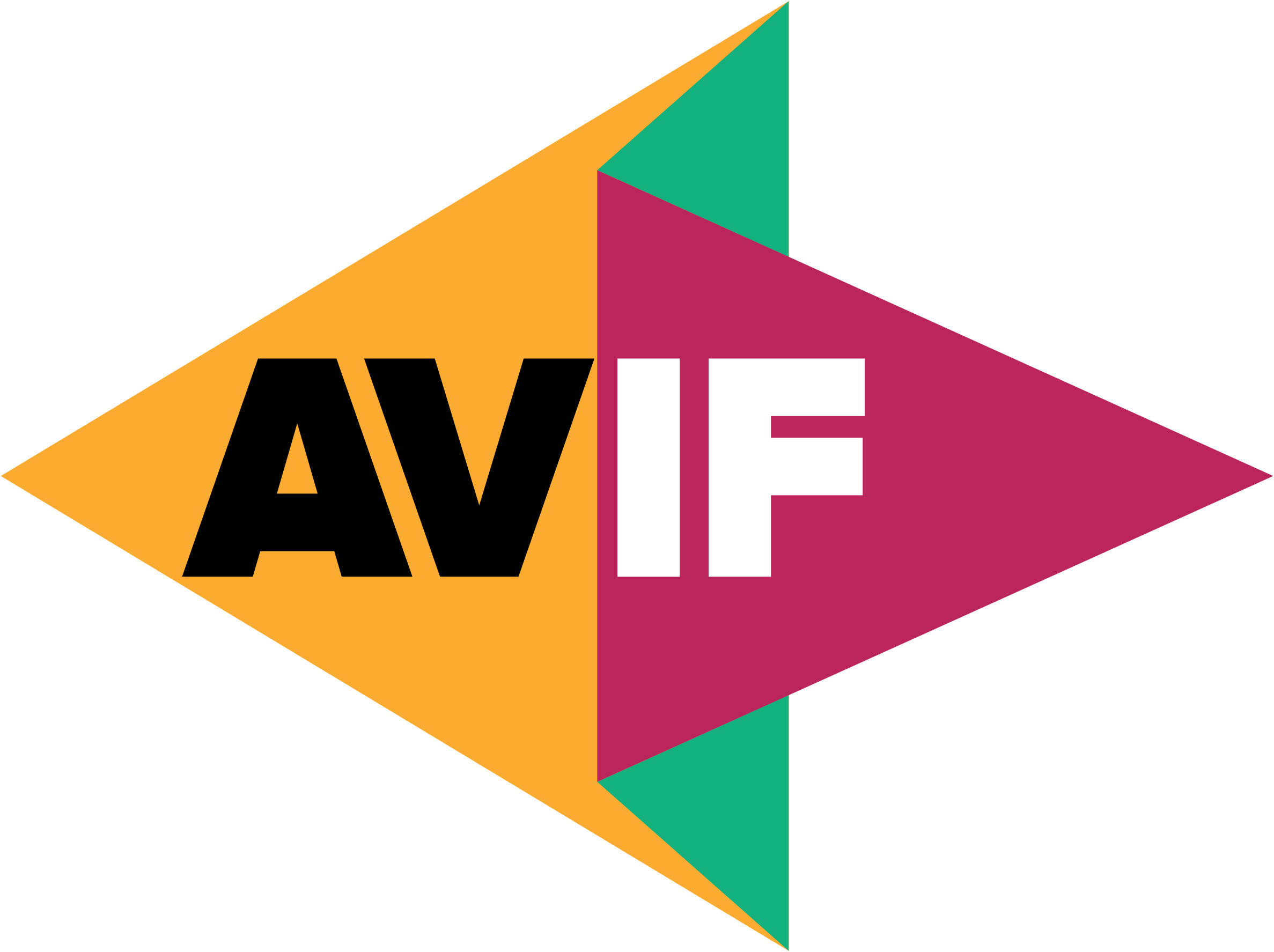What is an AVIF file?
AV1 Image File Format (AVIF) is an open, royalty-free image file format specification for storing images or image sequences compressed with AV1 in the HEIF container format. It competes with HEIC, which uses the same container format built upon ISOBMFF, but HEVC for compression. Version 1.0.0 of the AVIF specification was finalized in February 2019.
In a number of tests by Netflix in 2020, AVIF showed better compression efficiency than JPEG as well as better detail preservation, fewer blocking artifacts and less color bleeding around hard edges in composites of natural images, text, and graphics.
AVIF support is available in all the major web browsers (i.e. over 93% of all web browsers, a similar level of support as for WebP it was made to replace).
An AVIF file is an image saved in the AV1 Image File Format developed by the Alliance for Open Media. It contains compressed image data, similar to a .JPEG or .PNG file. The AV1 Image format was designed as an alternative to the JPEG, PNG, and .WEBP formats.
AVIF Format Advantages
The AVIF format offers several key advantages over traditional image formats, such as JPEG and PNG:
- Superior compression efficiency: The advanced encoding techniques used by the AV1 codec allow the AVIF format to achieve significantly better compression efficiency than traditional formats, resulting in smaller file sizes without sacrificing image quality. In many cases, AVIF files can be up to 50% smaller than equivalent JPEG files while maintaining the same level of visual fidelity.
- High-quality images: The AVIF format supports a wide range of advanced features, such as high dynamic range (HDR) imaging, wide color gamut, and transparency, which enable it to deliver stunning visual experiences that go beyond the capabilities of traditional image formats.
- Open-source and royalty-free: The AVIF format is based on the open-source AV1 codec, which is free from patent licensing fees and restrictions. This makes the AVIF format an accessible and cost-effective option for developers and content creators looking to embrace the latest image compression technology.
- Wide compatibility and support: The AVIF format is supported by major web browsers, including Google Chrome, Mozilla Firefox, and Microsoft Edge, as well as several image editing tools and content delivery networks (CDNs). This growing ecosystem of support makes it easier for developers and content creators to adopt and integrate the AVIF format into their workflows.
More Information
In 2015, several high-profile tech companies, including Amazon, Cisco, Google, Intel, Microsoft, Mozilla, and Netflix, formed the Alliance for Open Media. This non-profit workgroup began developing several open-source media technologies and standards, including the AV1 video codec.
Eventually, the workgroup realized that the AV1 codec could be applied to images saved in the .HEIF file format. This allowed the workgroup to create the AV1 Image File Format, which can be used to save high-quality, compressed images within files that are the same size as lower-quality JPEGs. Notably, AVIF files contain less blocking, blurriness, and other visual distortions than similarly-sized JPEGs.
AVIF supports HDR and monochrome images and color depths of 8, 10, and 12 bits. The format also supports both lossless and lossy compression.
In the early 2020s, many companies began using AVIF files and adding support for the AVIF format. Notably, Netflix has begun using AVIF files internally, and Google has added AVIF support to Android 12 and the Chrome web browser. Microsoft has also provided users with a codec that can be used to view AVIF images in programs like Microsoft Paint.
